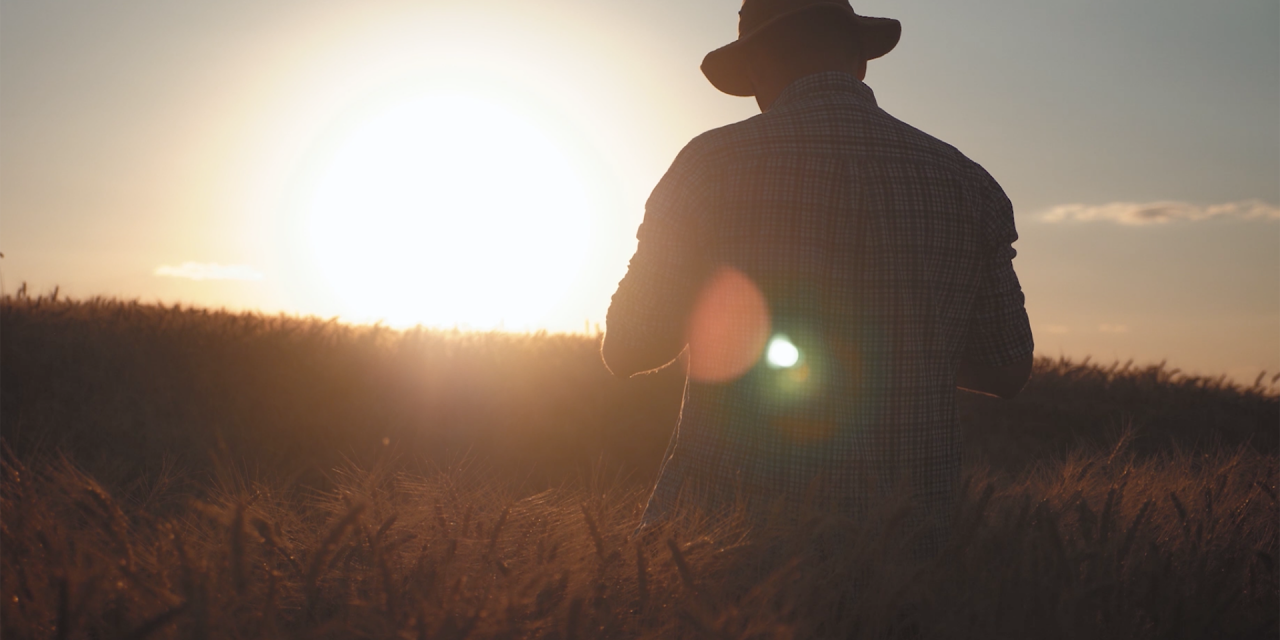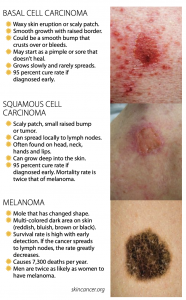It is mid-day in July and the sun is harsh. You’ve been working on that fence for a couple hours and your cap and T-shirt are drenched in sweat. You have plenty of water, so you keep working with thoughts of finishing that section today.
Whether it is cloudy or not, the sun’s ultraviolet rays have been bombarding your skin. Over time, your risk of getting skin cancer will increase if left unchecked. If you are not worried about skin cancer, you should be. Dermatologist Dr. Kimberly Cayce says skin cancer is the number one cancer in the U.S. At her clinic in Columbia, Cayce Dematology Center, she and colleague Dr. Leslie Mills see their fair share of patients who did not heed warnings.
Cayce says anyone who works outdoors is at significantly more risk. “Most recent statistics show over 9,500 patients in the U.S. are diagnosed each day with some form of skin cancer. We spend an estimated $8.1 billion a year treating skin cancer and more than half of that is for the non-melanoma type,” she says.
Although melanoma is cancerous and the most dangerous form, it is not as common. Basal cell carcinoma is the most common, but least dangerous. The second most common is squamous cell carcinoma. Left untreated it can metastasize, spreading to other areas.
“I can’t stress enough the importance of sunscreen,” Cayce says. “I still have patients I see every year who say they are not going to wear their sunscreen. I am still going to remind them to do so.”
It can be as simple as adding a sunscreen application to your morning routine. Cayce suggests SPF 30 or more to protect against both UVA and UVB rays, both of which contribute to skin cancer. UVA penetrates deep into the skin to cause premature aging. UVB penetrates skin cells to cause sun burns. If lotion and sweat tend to sting your eyes, there are options. Cayce says there are sunscreen formulations, such as Elta MD, that don’t burn the eyes. Sports gels are also very popular with men.
Wear long sleeves. Long-sleeved shirts don’t have to make you hot. “We build a trust with patients and they start to understand you can be just as cool in a longer-sleeved, light cotton shirt,” she says.
Ditch the baseball or seed corn hat. This one can be a tough change for a farmer, but these hats leave the ears unprotected. A wide-brimmed hat is always the better choice.
Protection is important, but be proactive in checking your skin for spots. Cayce suggests starting a habit of checking your skin once a month, but avoid the temptation to self-diagnose and take care of a skin problem with over the-counter medications.
“You wouldn’t want me going out in the field pretending I know what crops should go where. So let a doctor do what they are trained to do,” she says. “When something is there and it has been there a few weeks not healing like it normally would, that might be a sign of skin cancer. If you are not sure what it is, leave it to the experts.”



